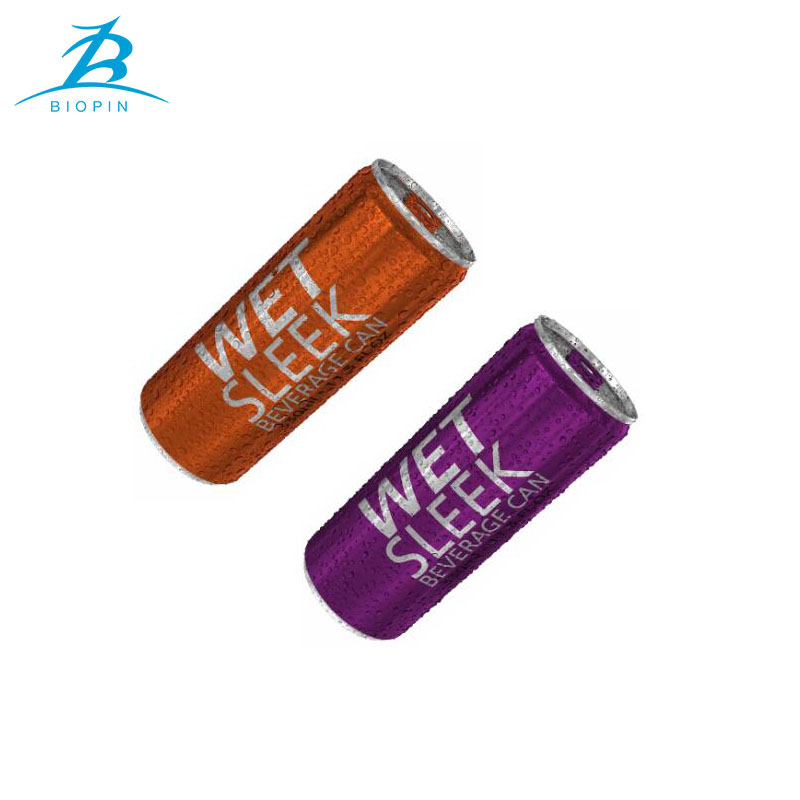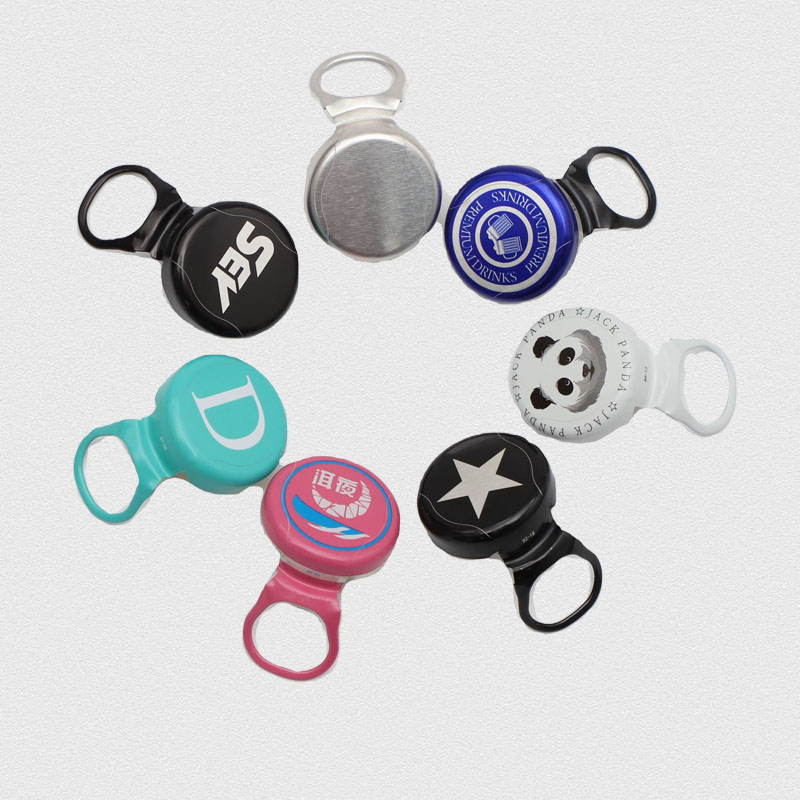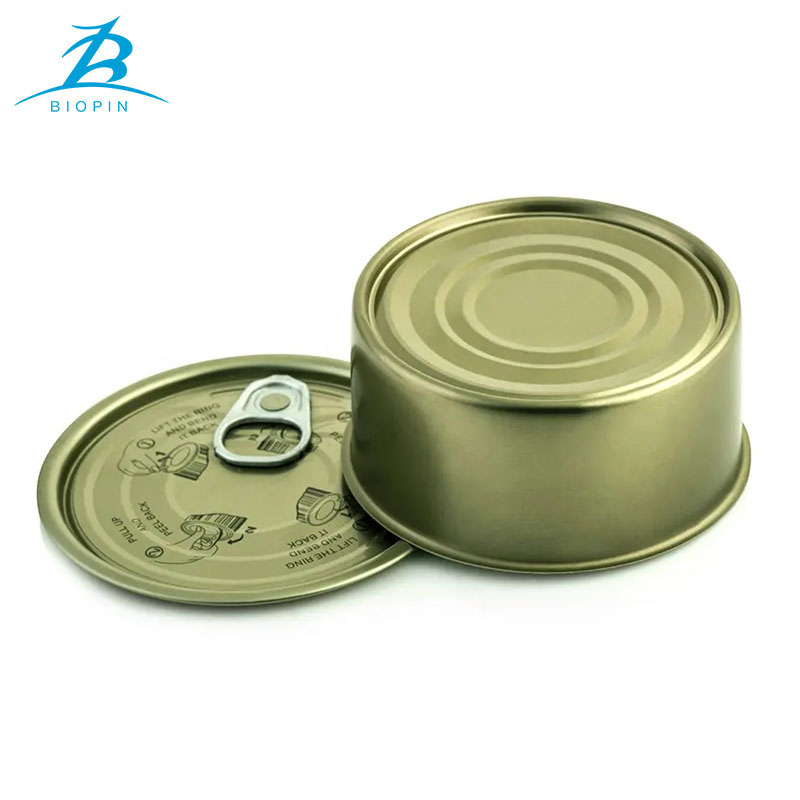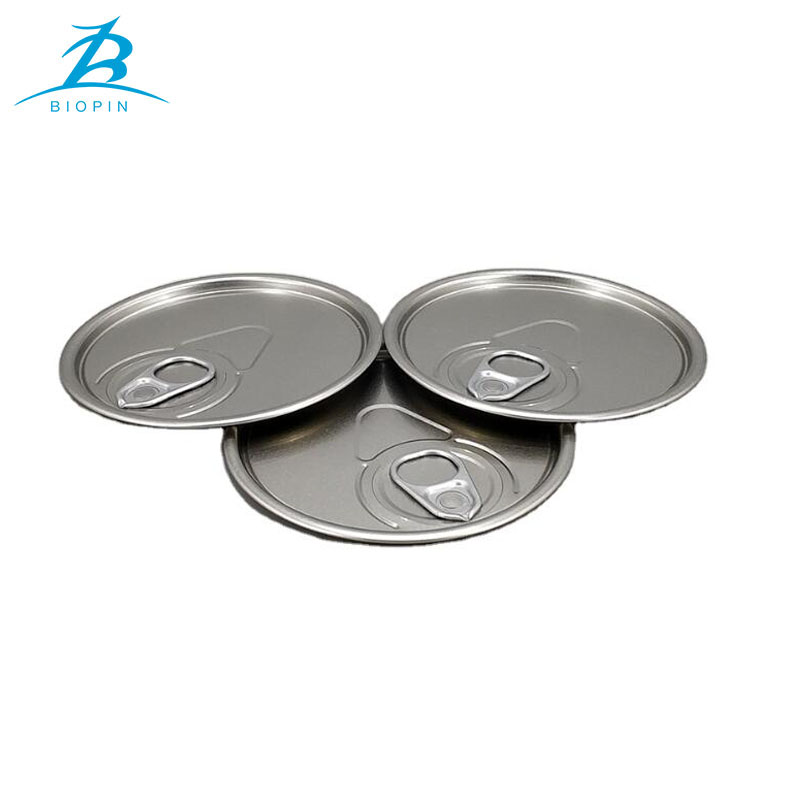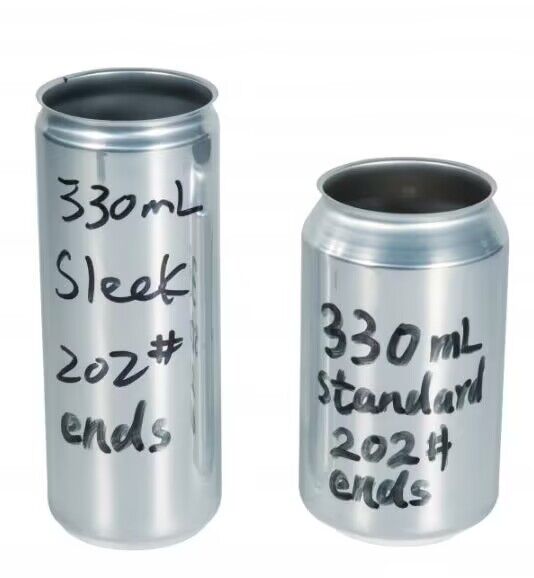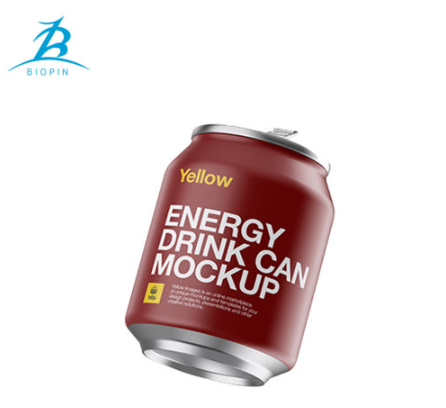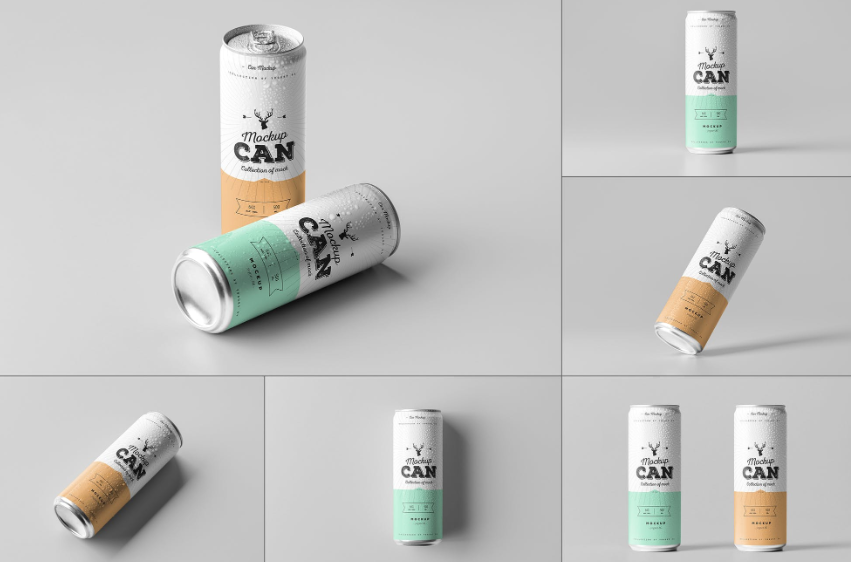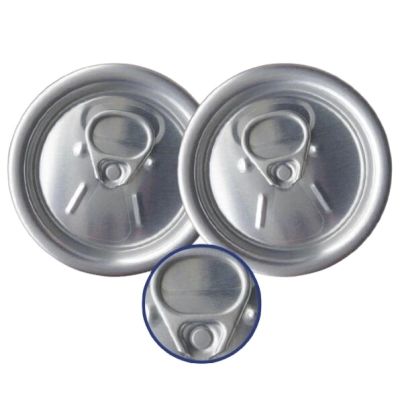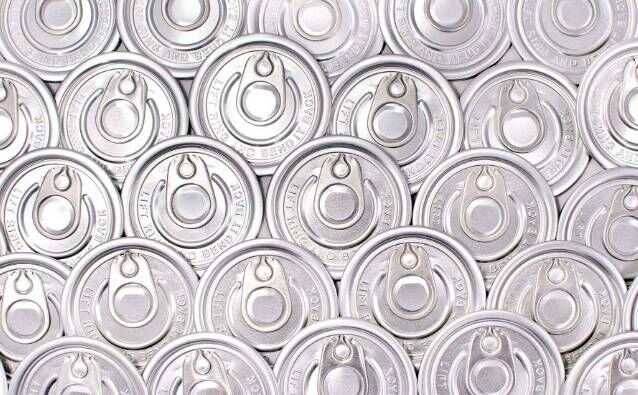El auge de las tapas con anilla de aluminio: ¿un cambio radical en el envasado de bebidas?
Jan 09, 2024
En el mundo en constante evolución del envasado de bebidas, encontrar la solución de cierre perfecta es esencial. Una opción que ha ganado gran popularidad en los últimos años es tapas de anillo de aluminio. Estas innovadoras tapas ofrecen numerosas ventajas sobre los cierres tradicionales, lo que las convierte en la opción preferida tanto para los propietarios de marcas como para los consumidores. En esta publicación de blog, exploraremos los beneficios clave de las tapas con anilla de aluminio y por qué están revolucionando el envasado de bebidas. industria.Comodidad mejorada:Las tapas con anilla de aluminio están diseñadas pensando en la comodidad. El mecanismo de anillo de tracción fácil de usar permite abrir y cerrar la botella sin esfuerzo, eliminando la necesidad de herramientas o equipos adicionales. Ya sea que esté disfrutando de una refrescante cerveza, jugo u otras bebidas, la experiencia sin complicaciones que brindan estas tapas mejora la satisfacción y conveniencia del consumidor.Frescura y conservación superiores:Preservar la frescura y la calidad de las bebidas es crucial para la integridad de la marca. Las tapas con anillo de aluminio destacan en este aspecto, ya que proporcionan un sellado excelente que mantiene intacta la entrada de oxígeno y la carbonatación. Esta capacidad de sellado superior garantiza que cada sorbo sea tan crujiente y sabroso como se esperaba, brindando una experiencia de bebida excepcional a los consumidores.Sostenibilidad y respeto al medio ambiente:En el mundo actual, consciente del medio ambiente, la sostenibilidad es una máxima prioridad. Las tapas con anilla de aluminio responden a este llamado al ser totalmente reciclables, lo que las convierte en una opción ecológica. A diferencia de los cierres de plástico, que contribuyen a la contaminación y la degradación ambiental, el aluminio es un material valioso e infinitamente reciclable. Al optar por tapas con anilla de aluminio, las marcas pueden reducir su huella de carbono y demostrar su compromiso con un futuro más ecológico.Diferenciación y personalización de marca:Destacar en un mercado abarrotado es esencial para el éxito de la marca. Las tapas con anilla de aluminio proporcionan una plataforma para la personalización y la diferenciación de la marca. Con la capacidad de incorporar diseños, logotipos y elementos de marca únicos, estas tapas ofrecen una solución de empaque distintiva y visualmente atractiva. Esta personalización no sólo mejora el reconocimiento de la marca, sino que también crea una experiencia memorable y atractiva para los consumidores.Durabilidad y evidencia de manipulación:Las tapas con anilla de aluminio son conocidas por su durabilidad y sus características a prueba de manipulaciones. La construcción robusta de estas tapas garantiza que puedan soportar los rigores de la producción, el transporte y el almacenamiento. Además, el sello de seguridad brinda tranquilidad a los consumidores, asegurándoles que el producto es seguro y no ha sido manipulado.Las tapas con anilla de aluminio han revolucionado la industria del envasado de bebidas al ofrecer mayor comodidad, frescura, sostenibilidad, diferenciación de marca y características a prueba de manipulaciones. Mientras las marcas se esfuerzan por ofrecer productos excepcionales y satisfacer las demandas de los consumidores más exigentes, estas tapas proporcionan una solución de embalaje innovadora y confiable. Con sus numerosas ventajas, las tapas con anilla de aluminio están preparadas para dar forma al El futuro del envasado de bebidas., brindando una experiencia óptima tanto para las marcas como para los consumidores.

